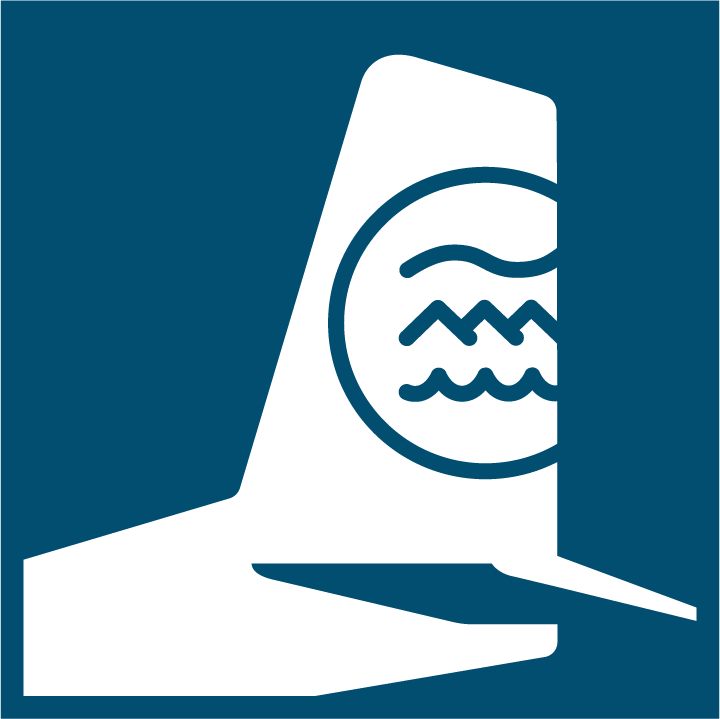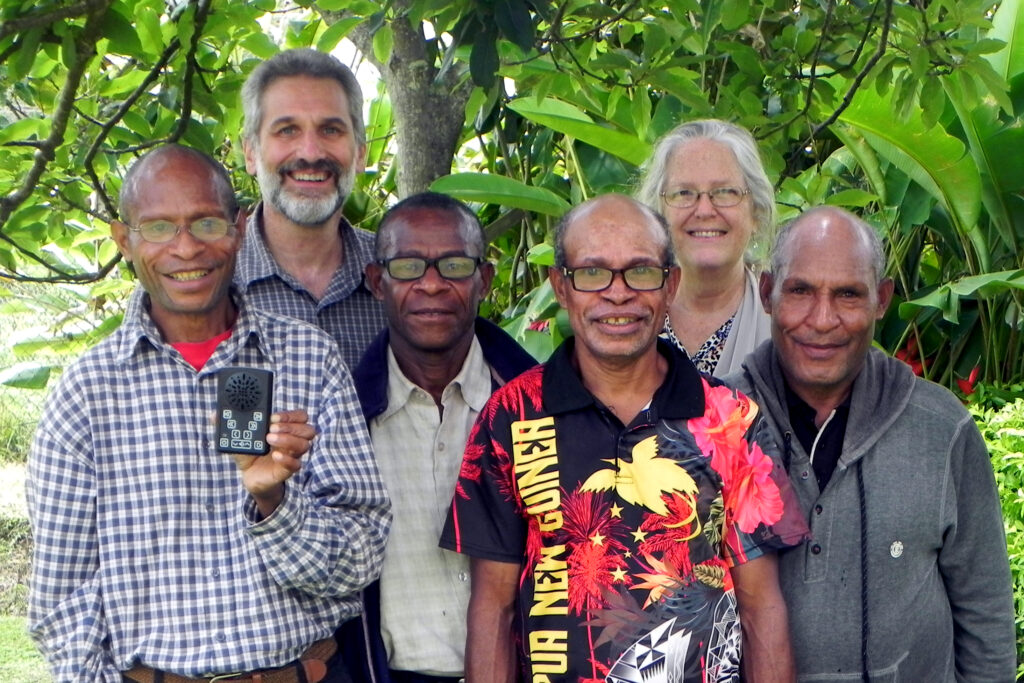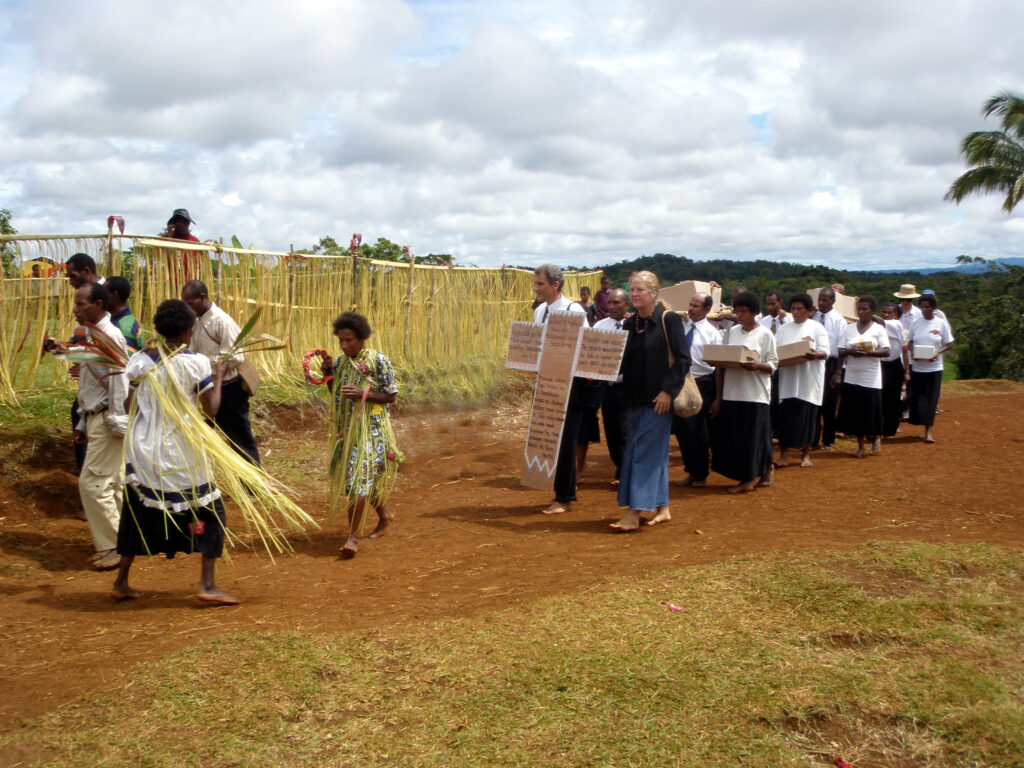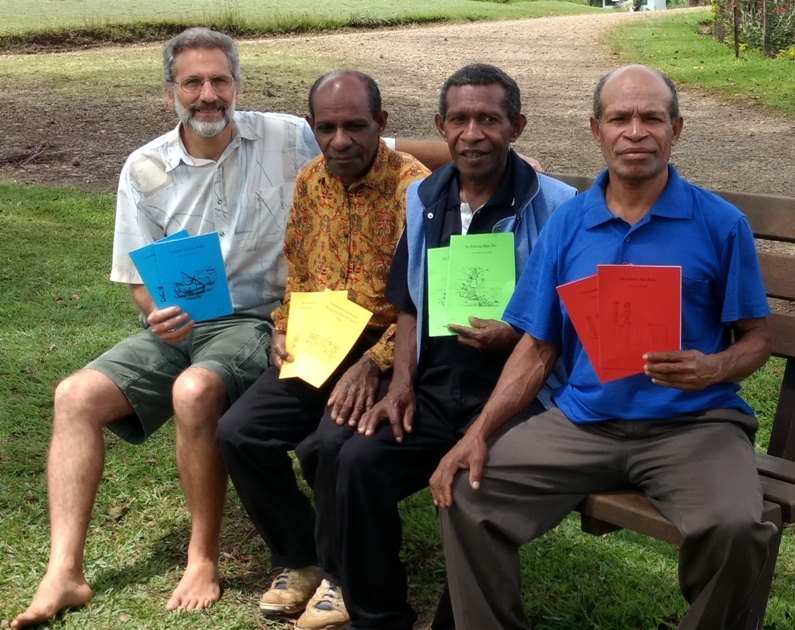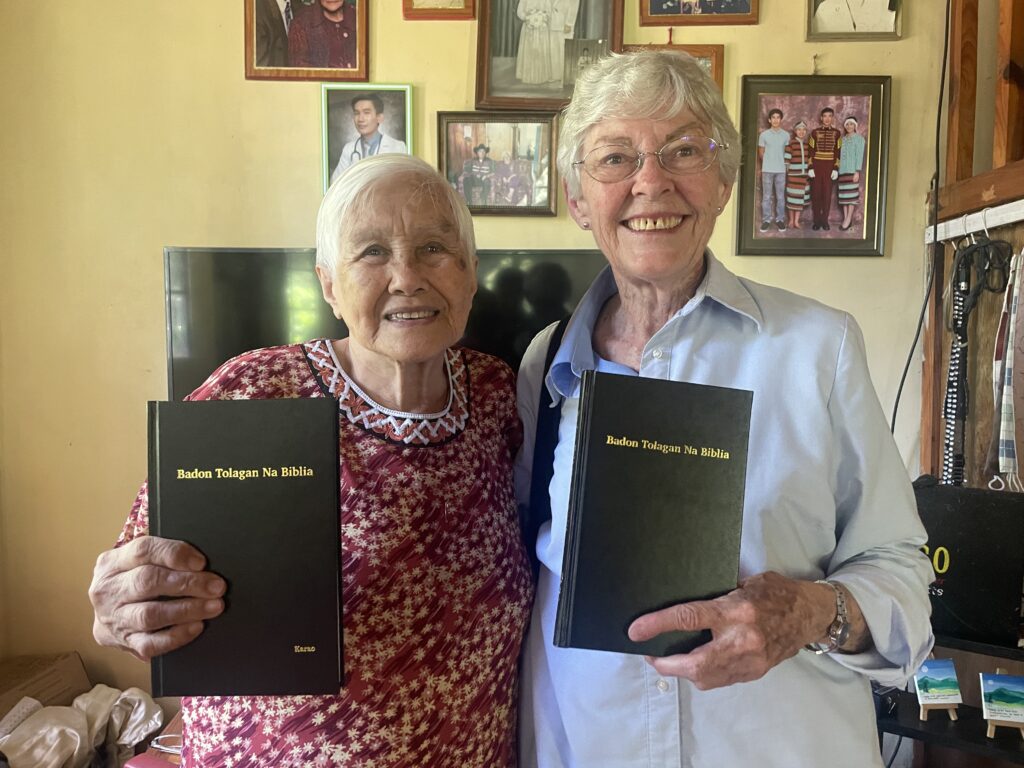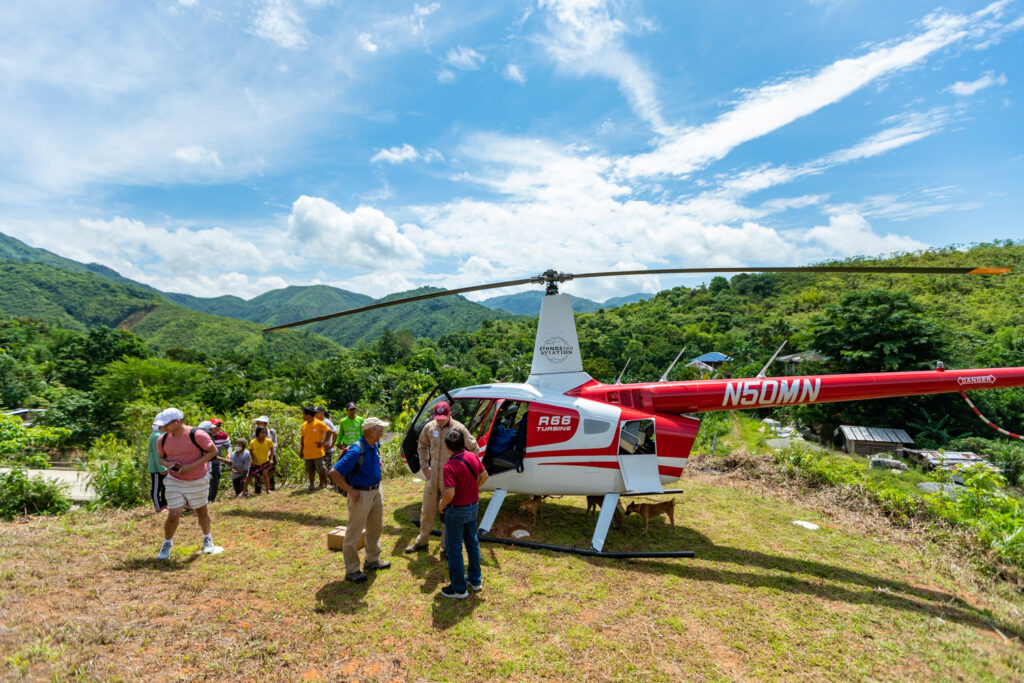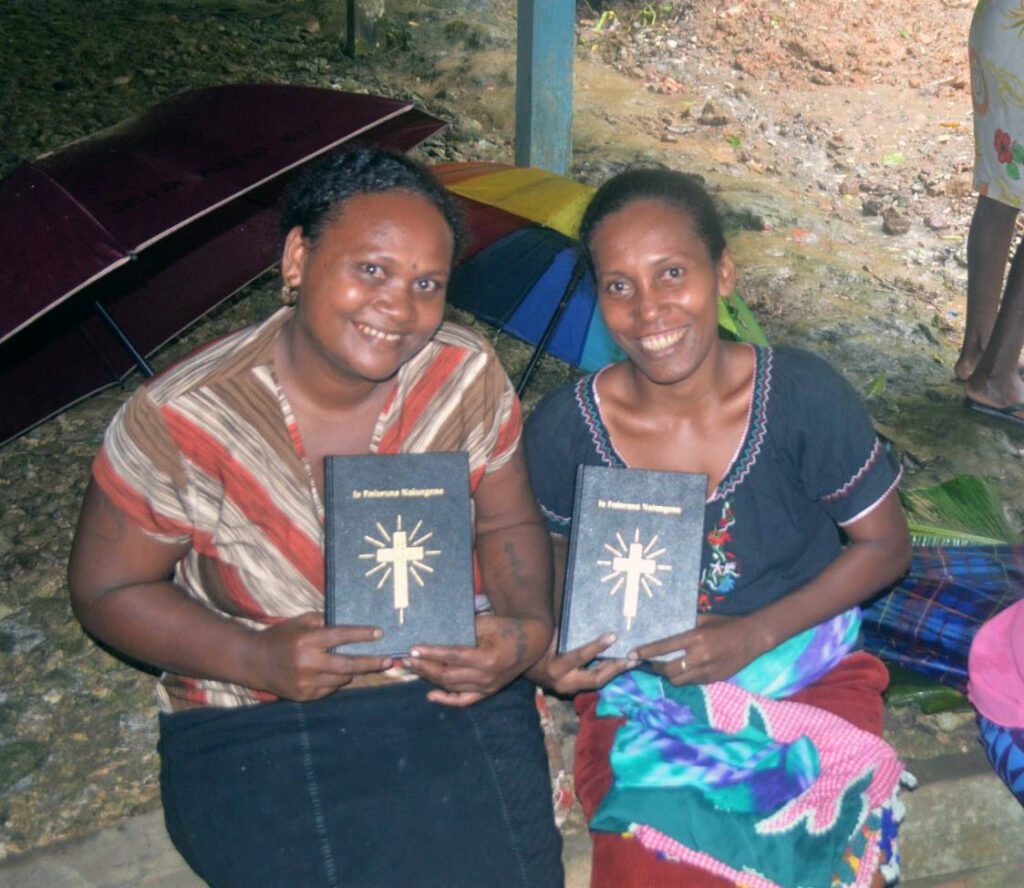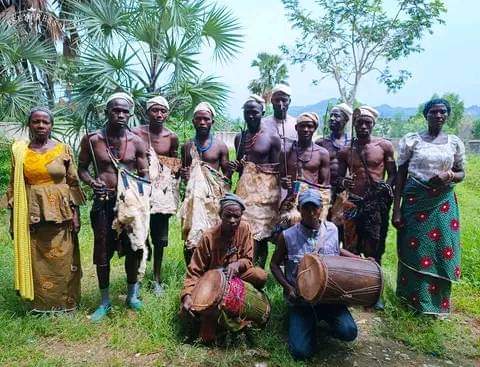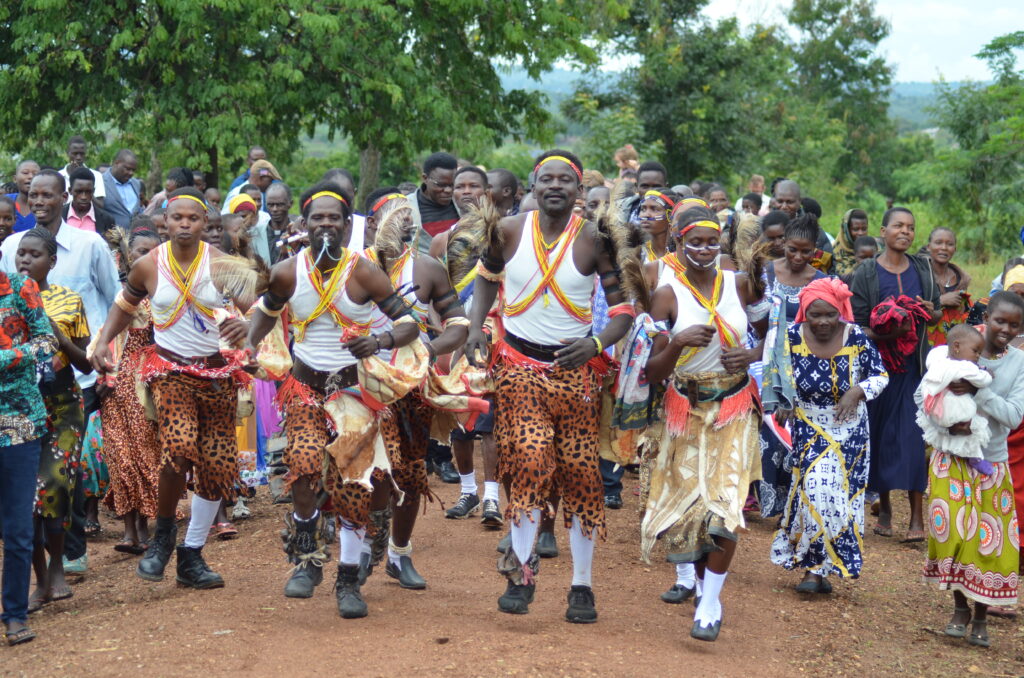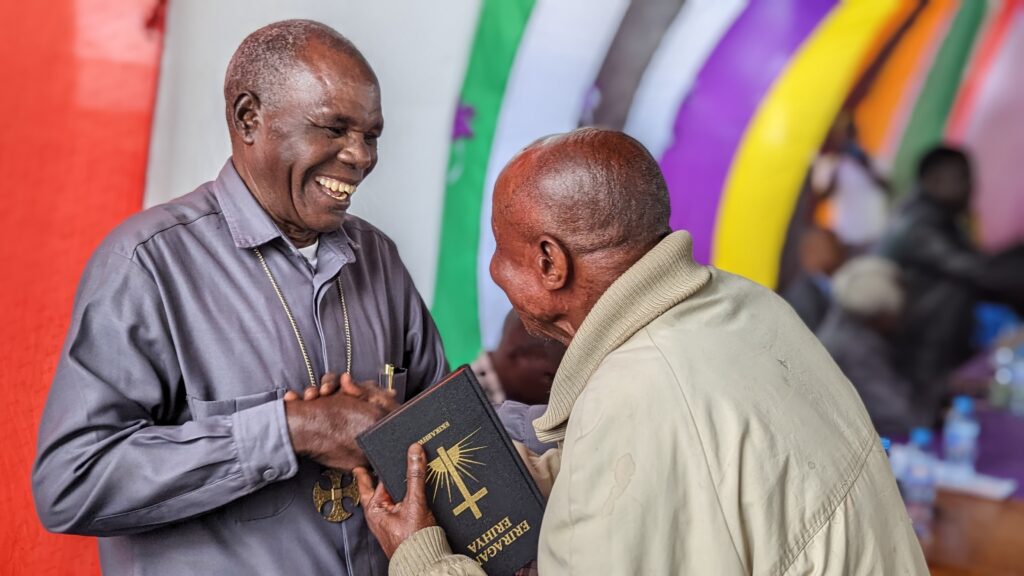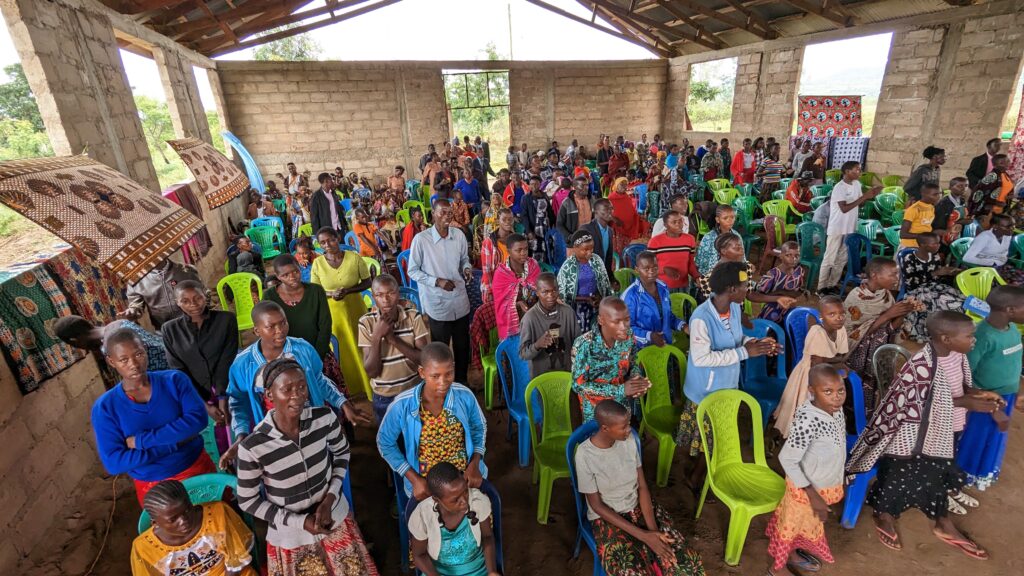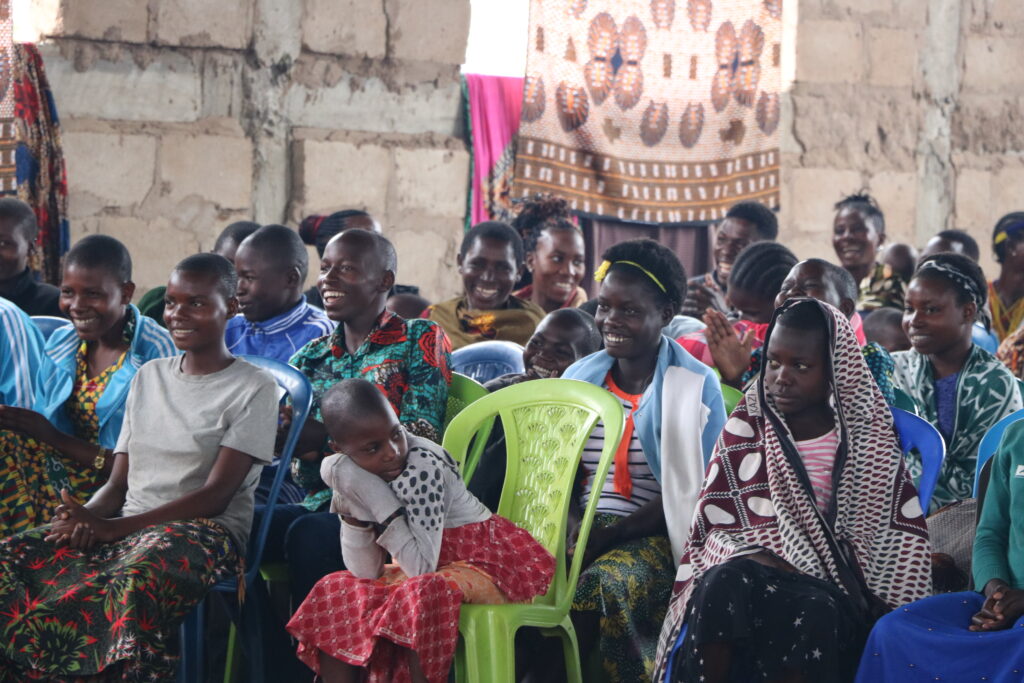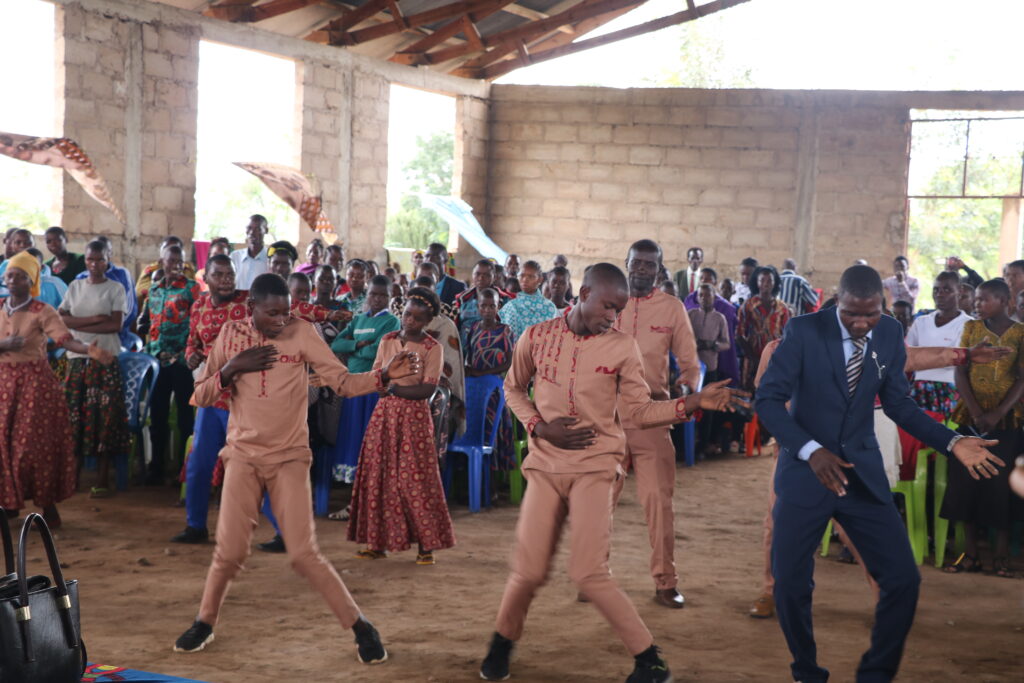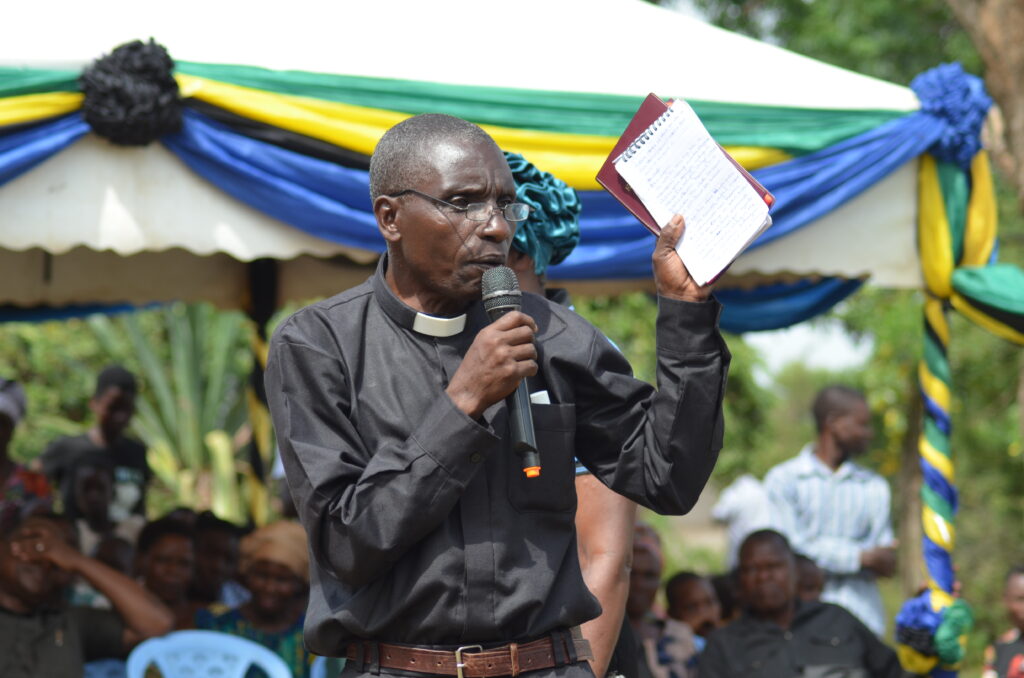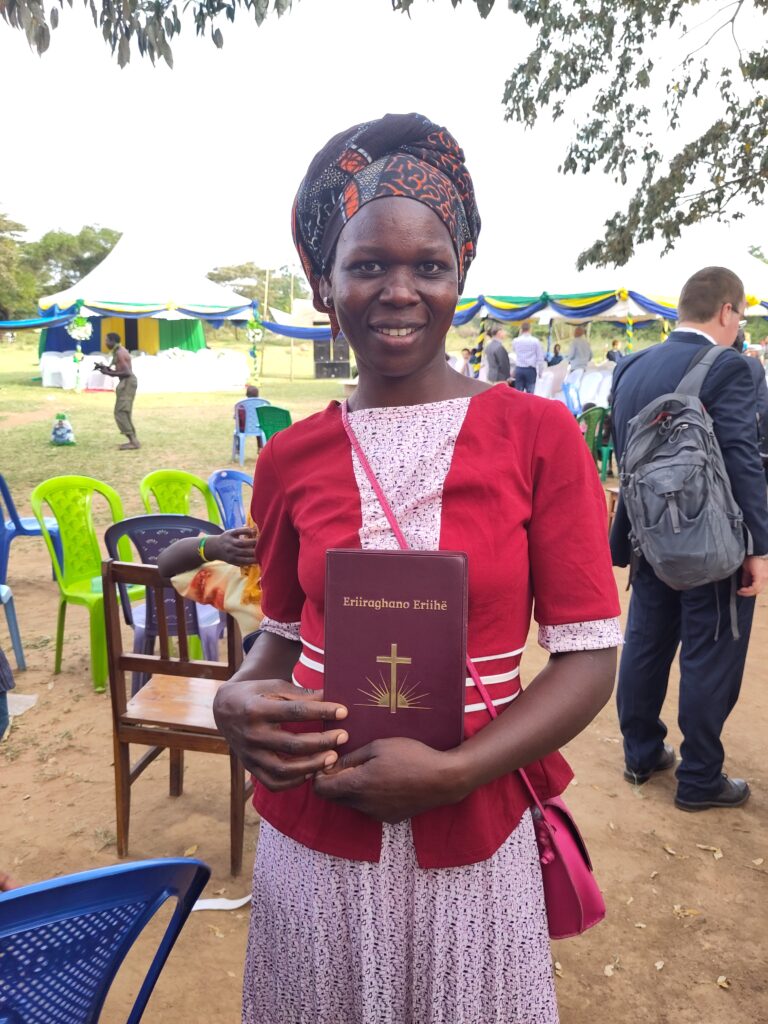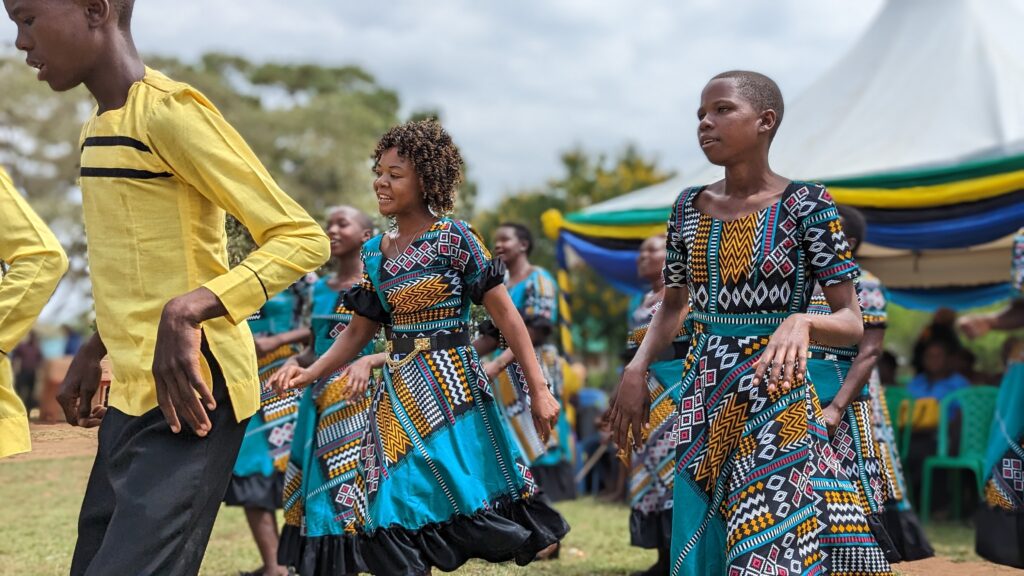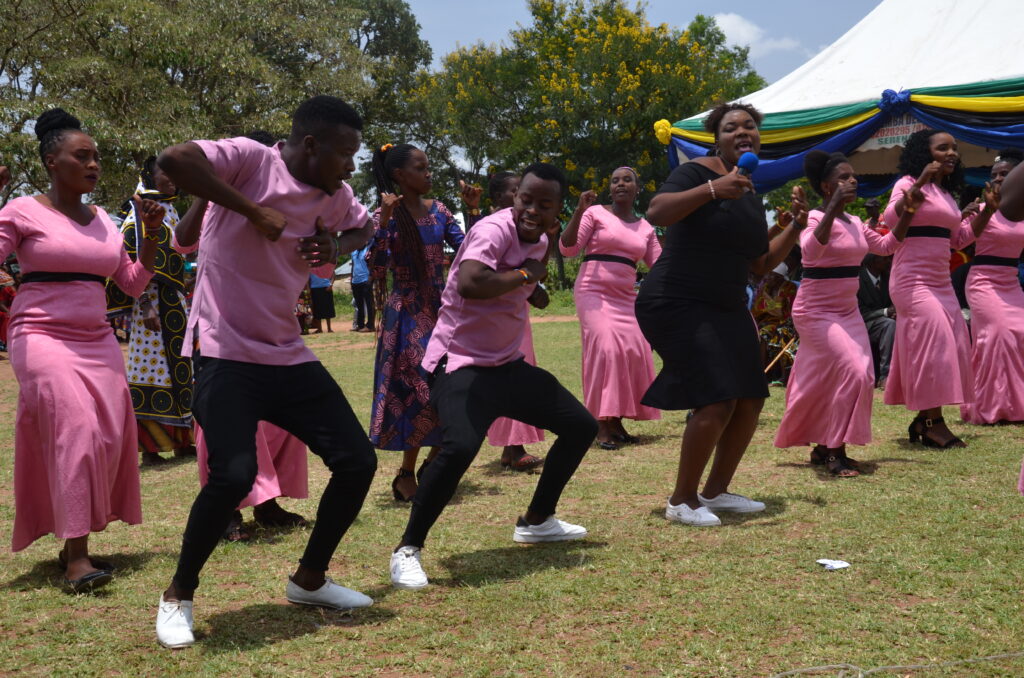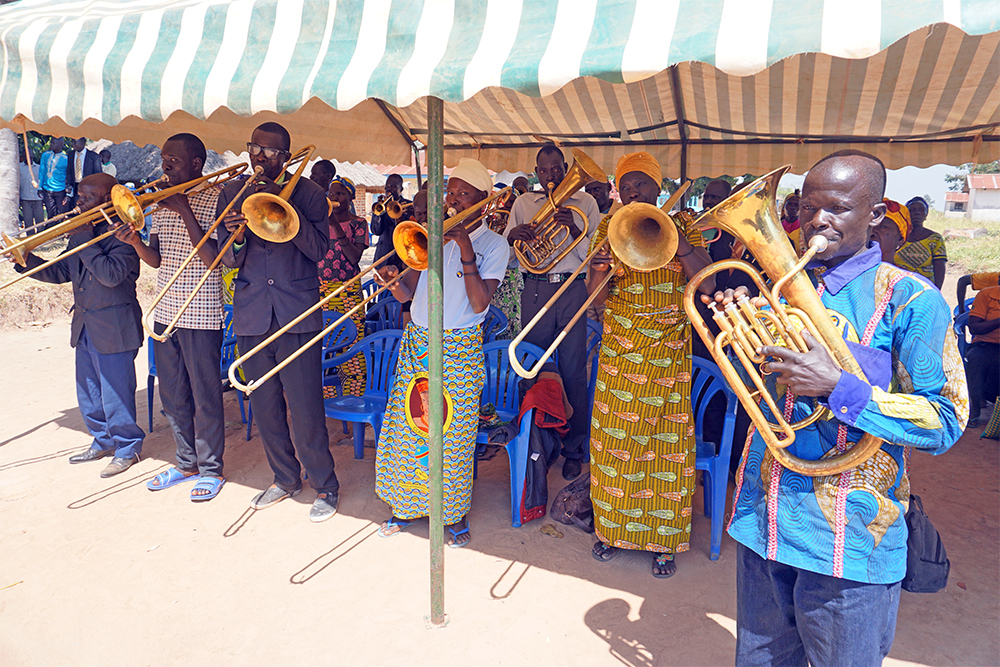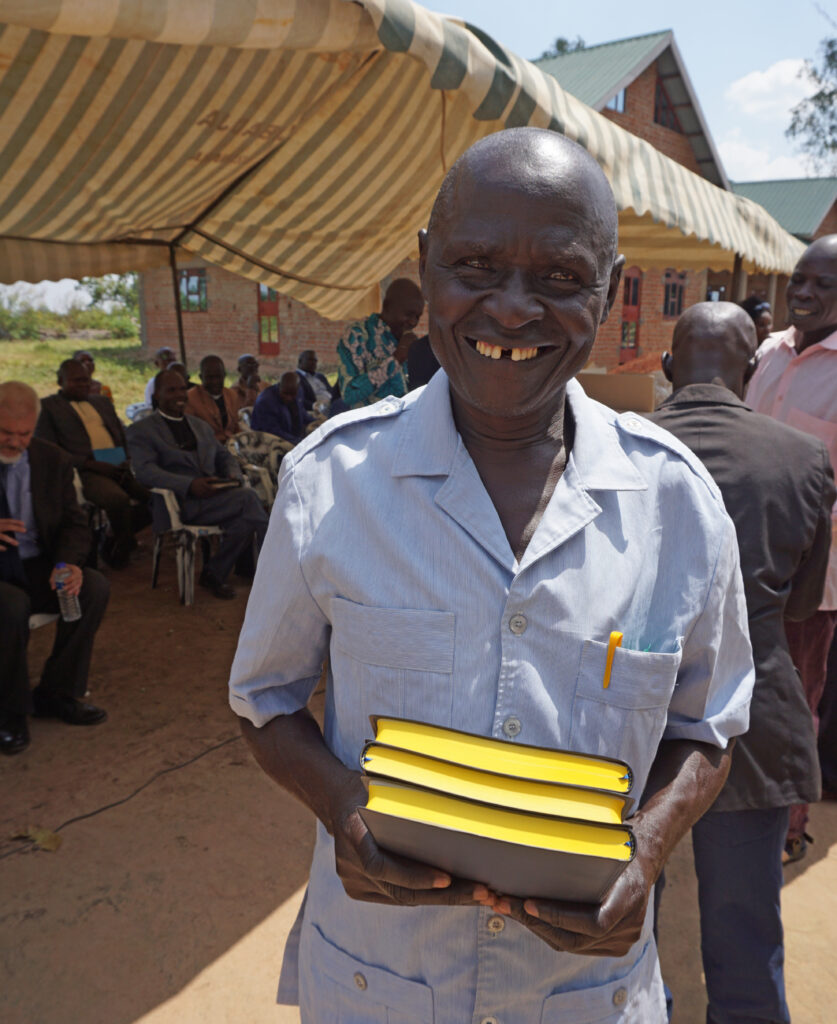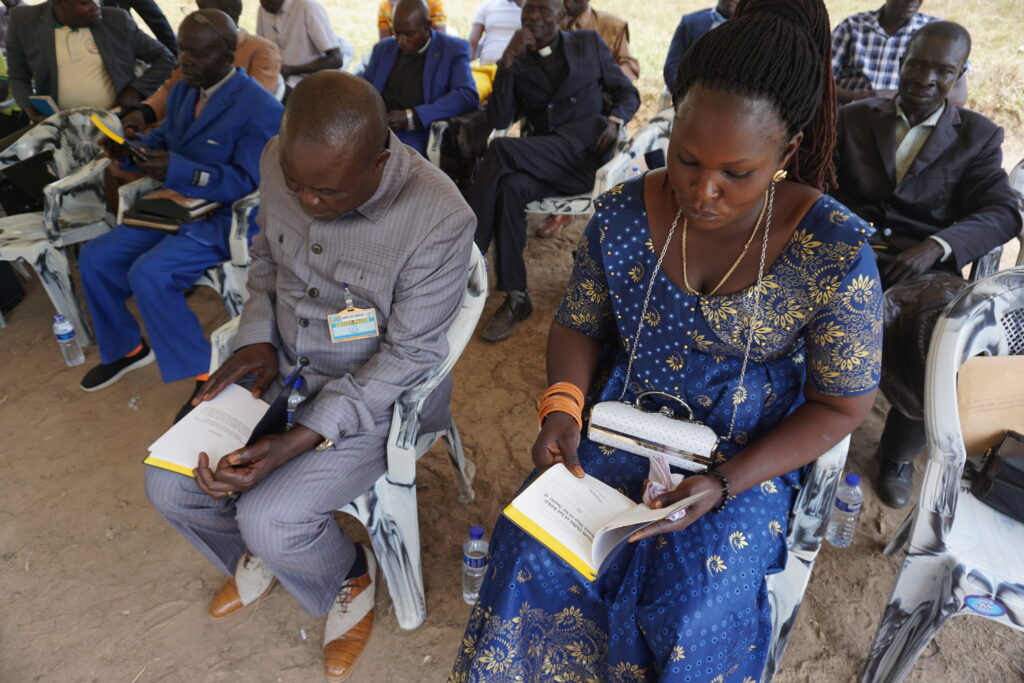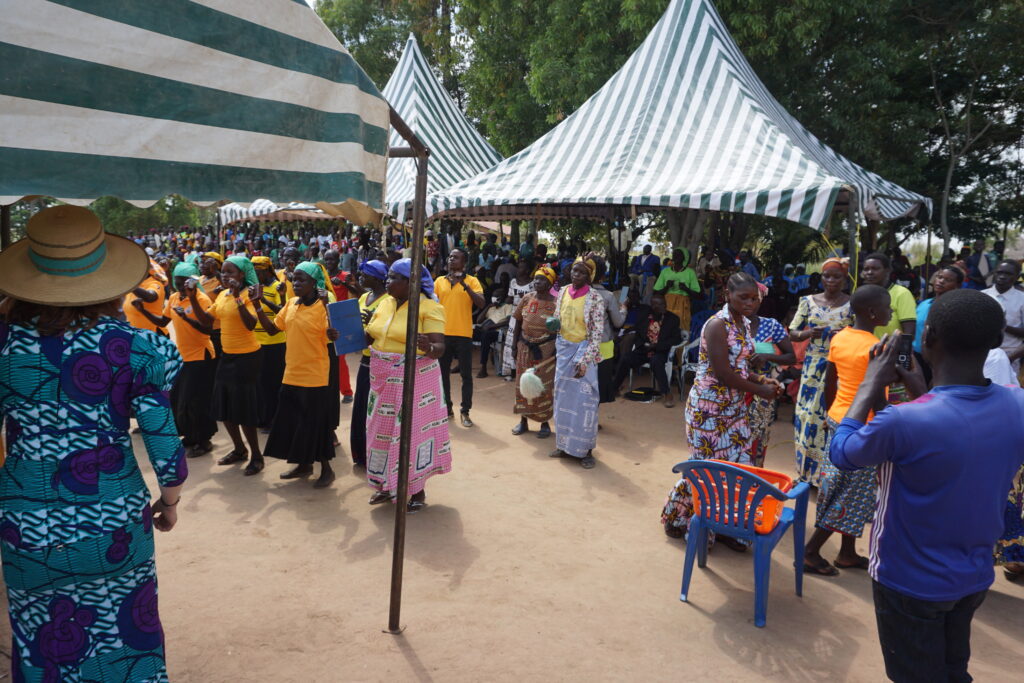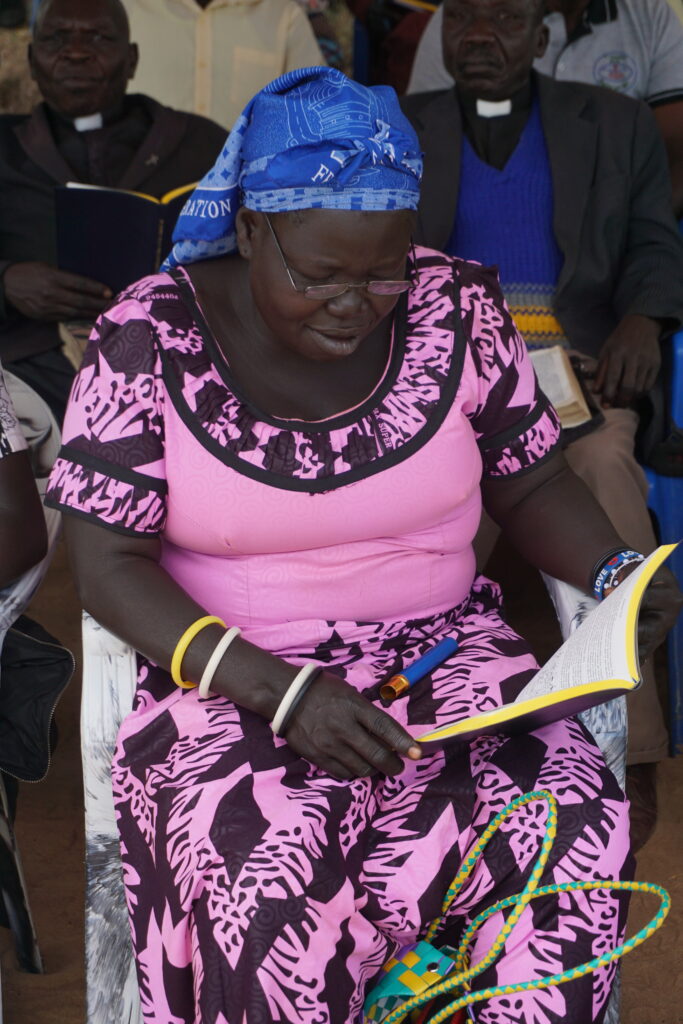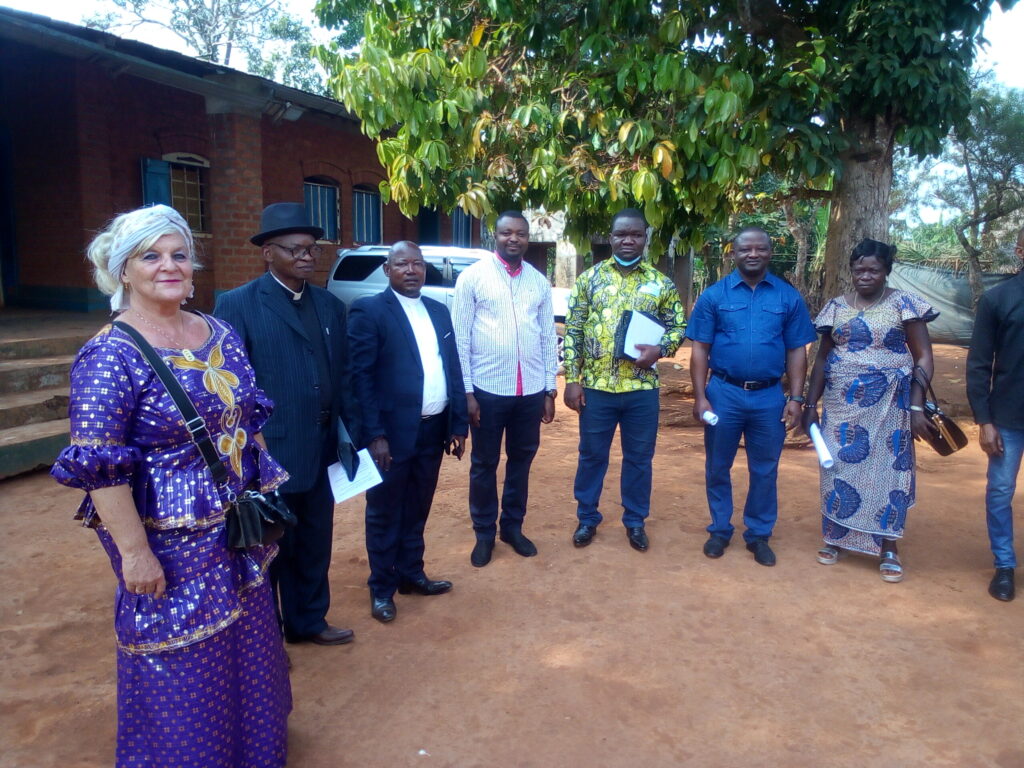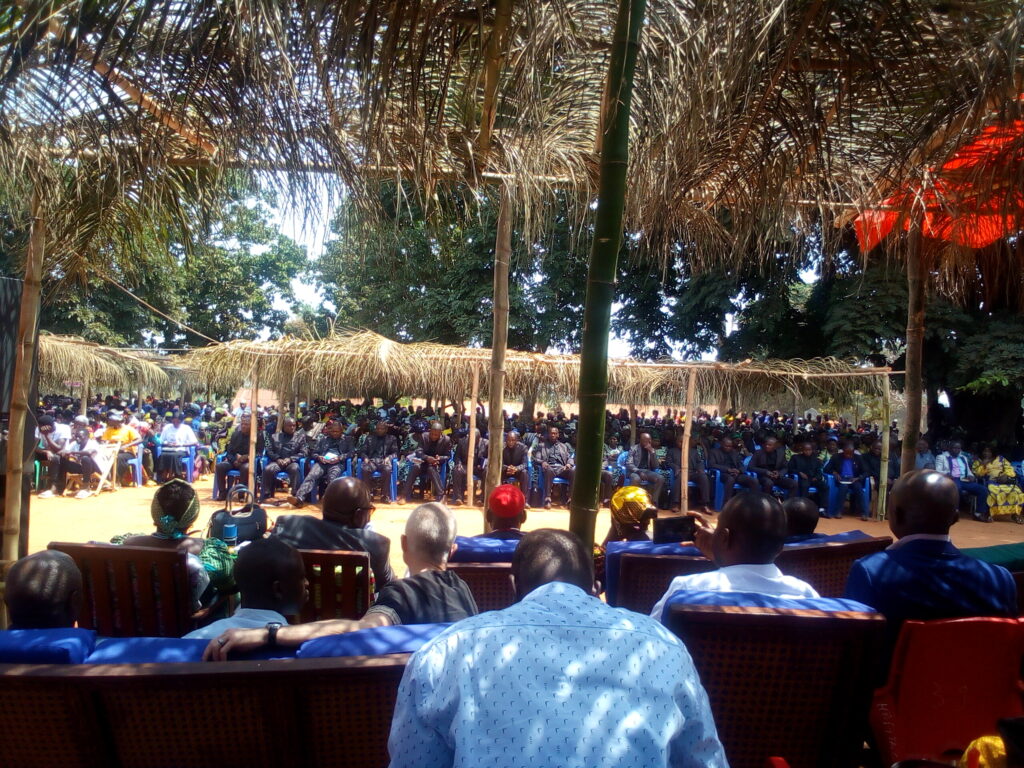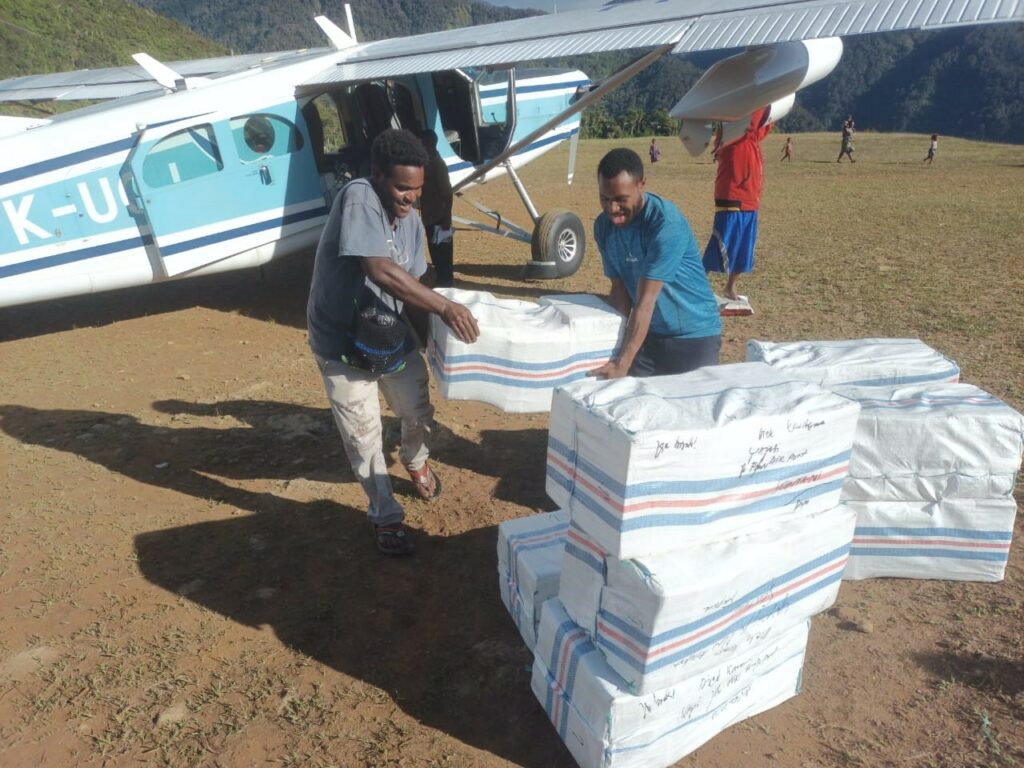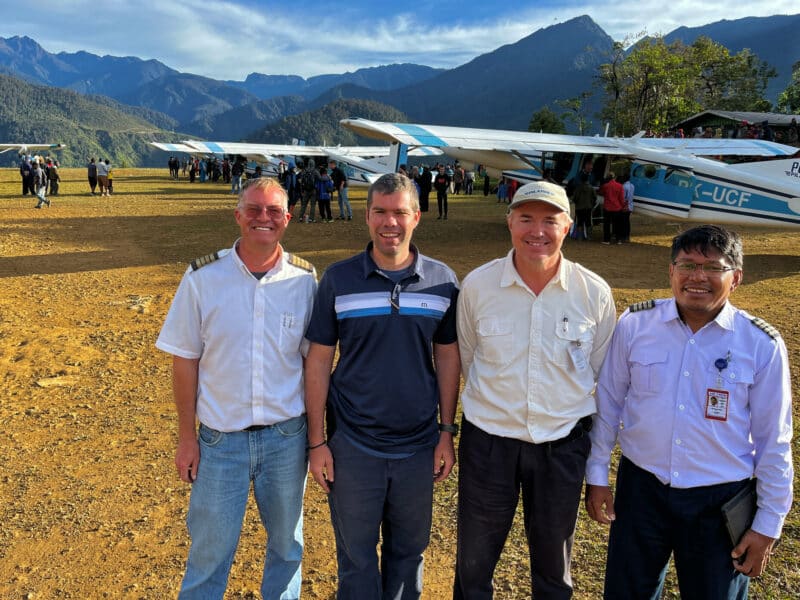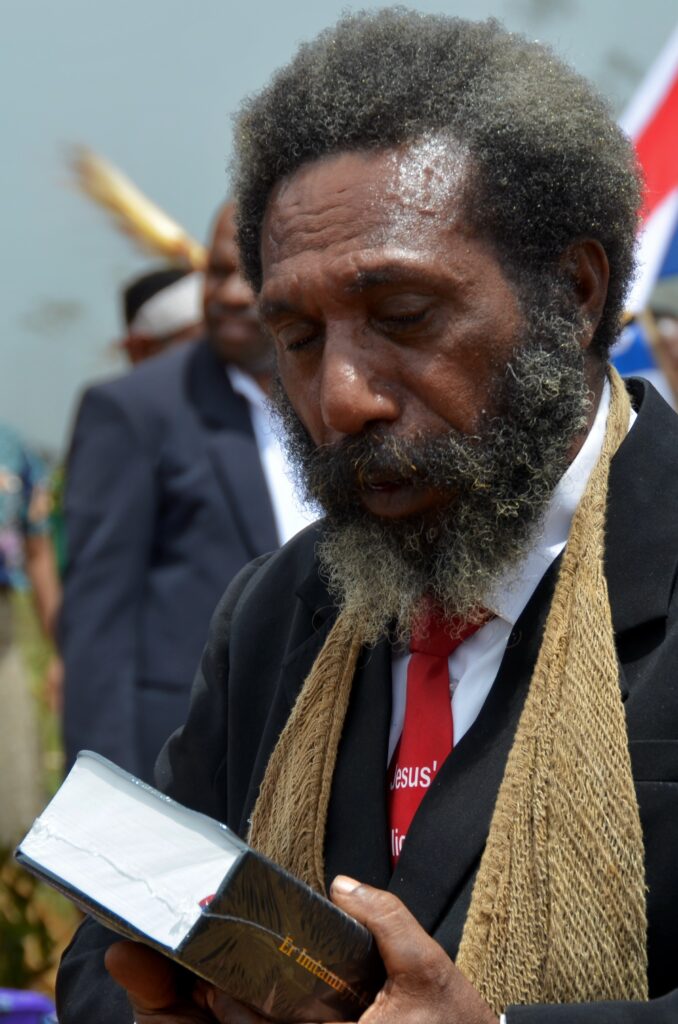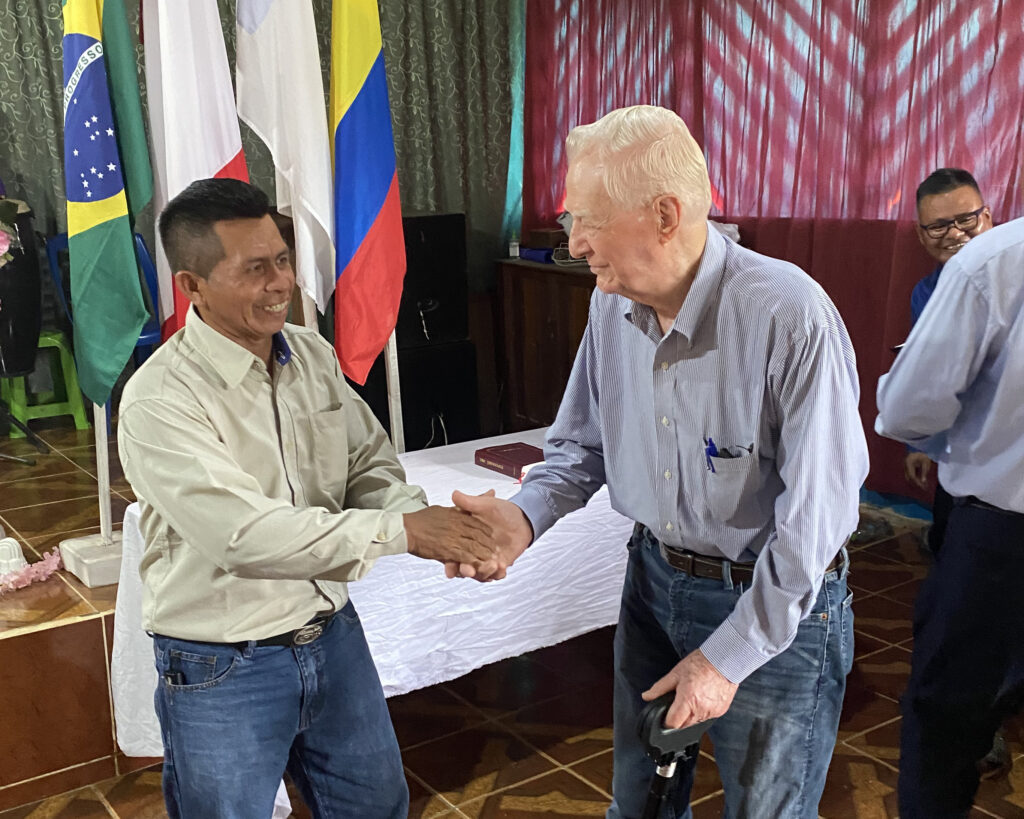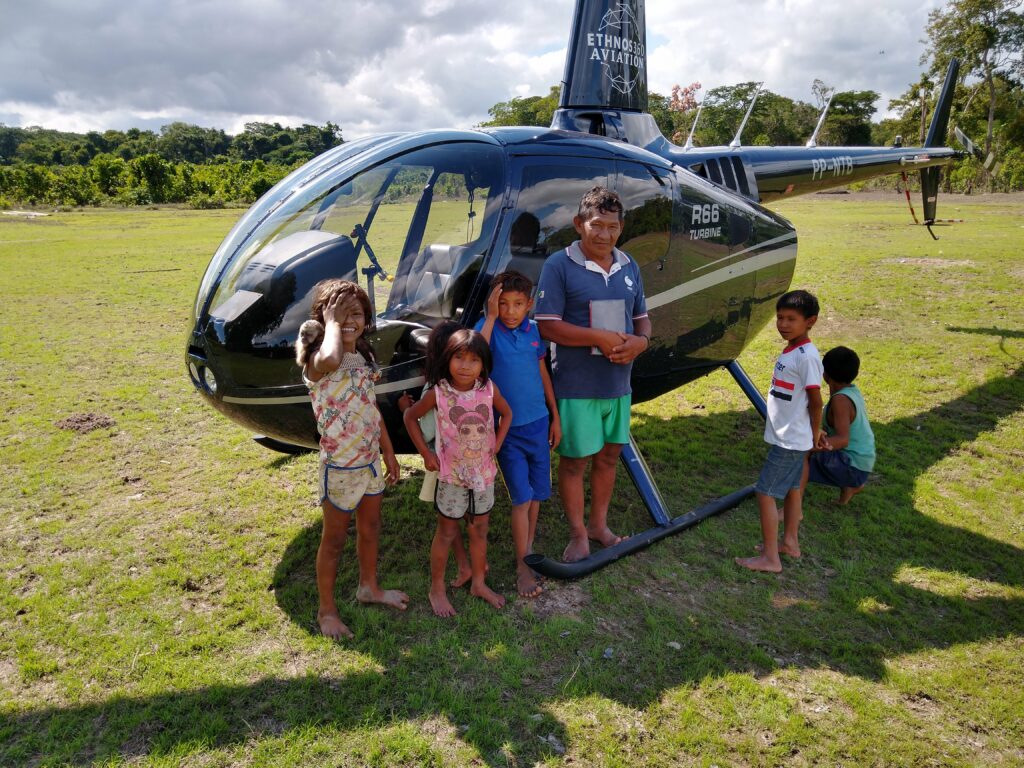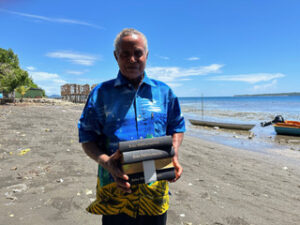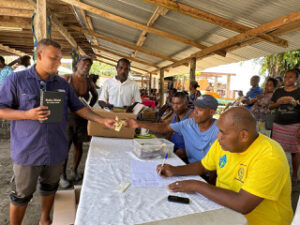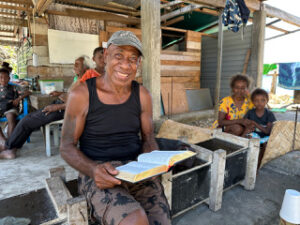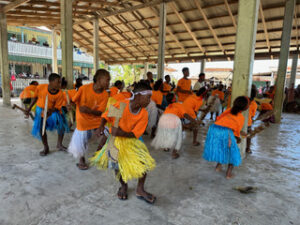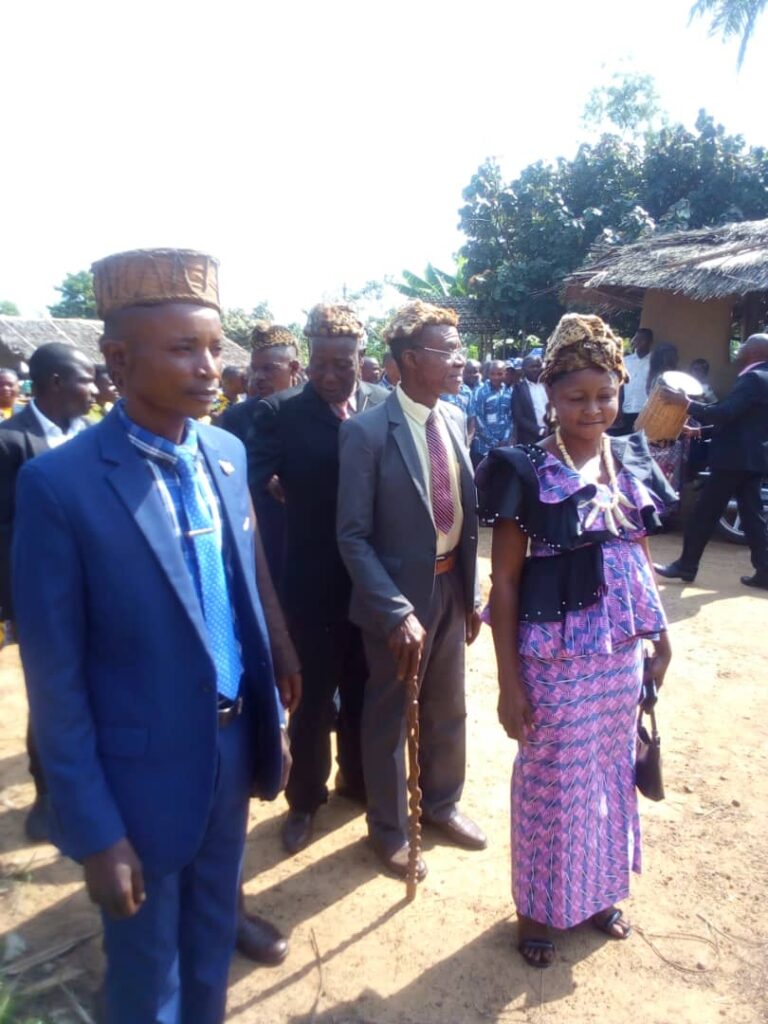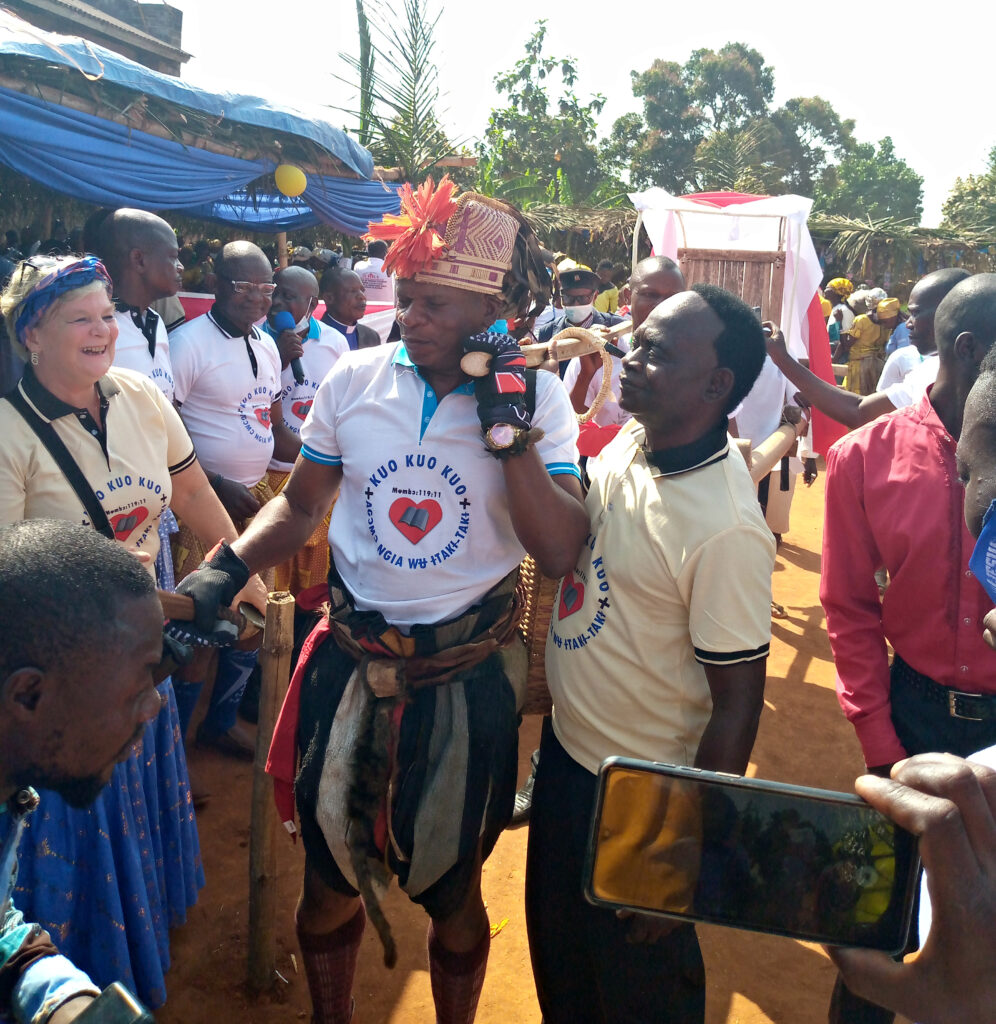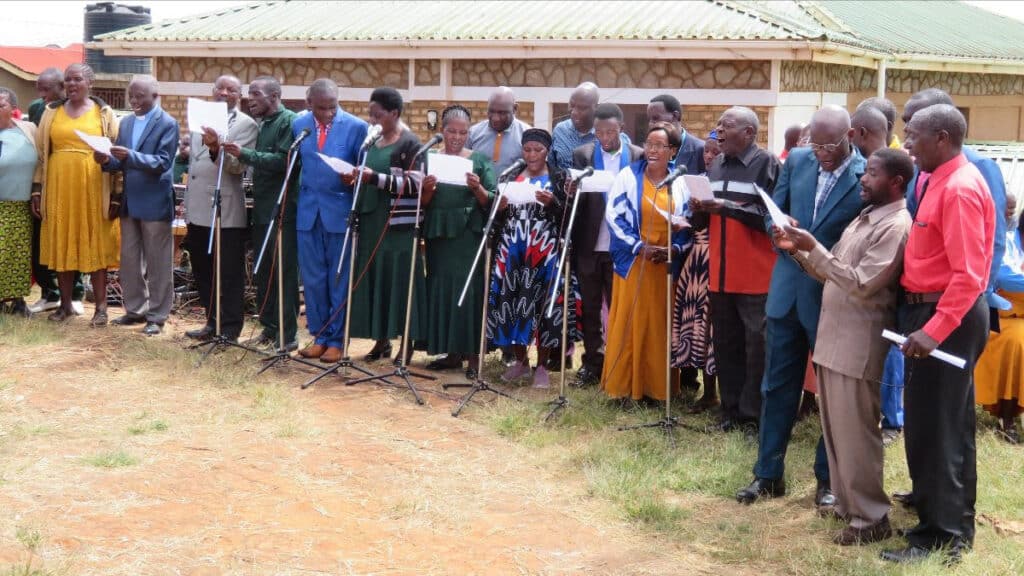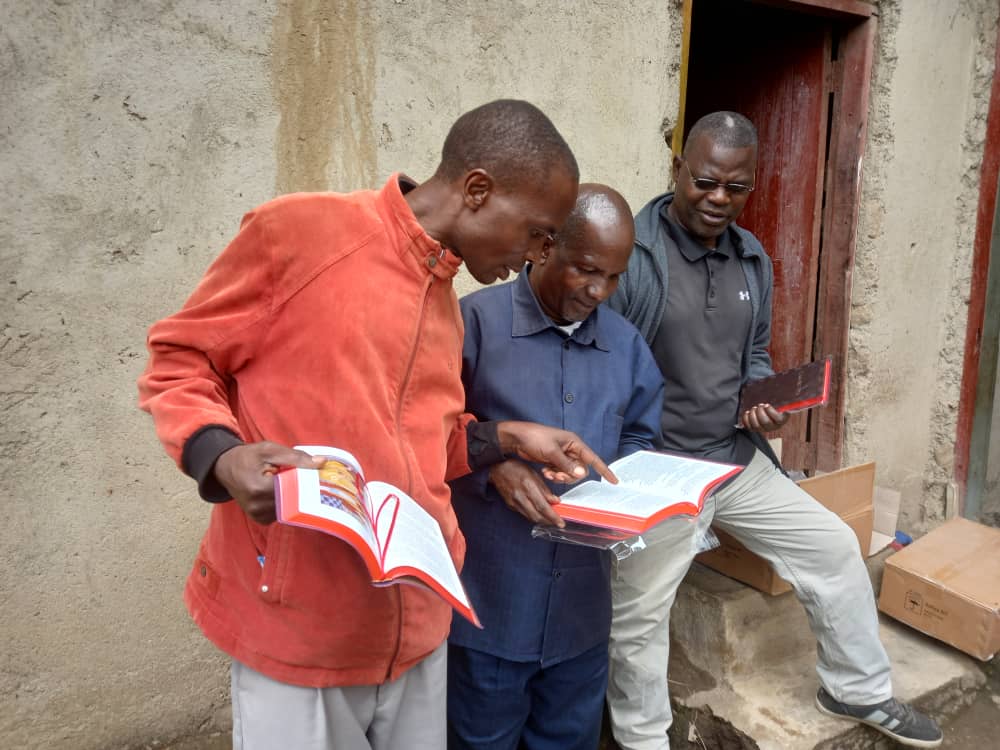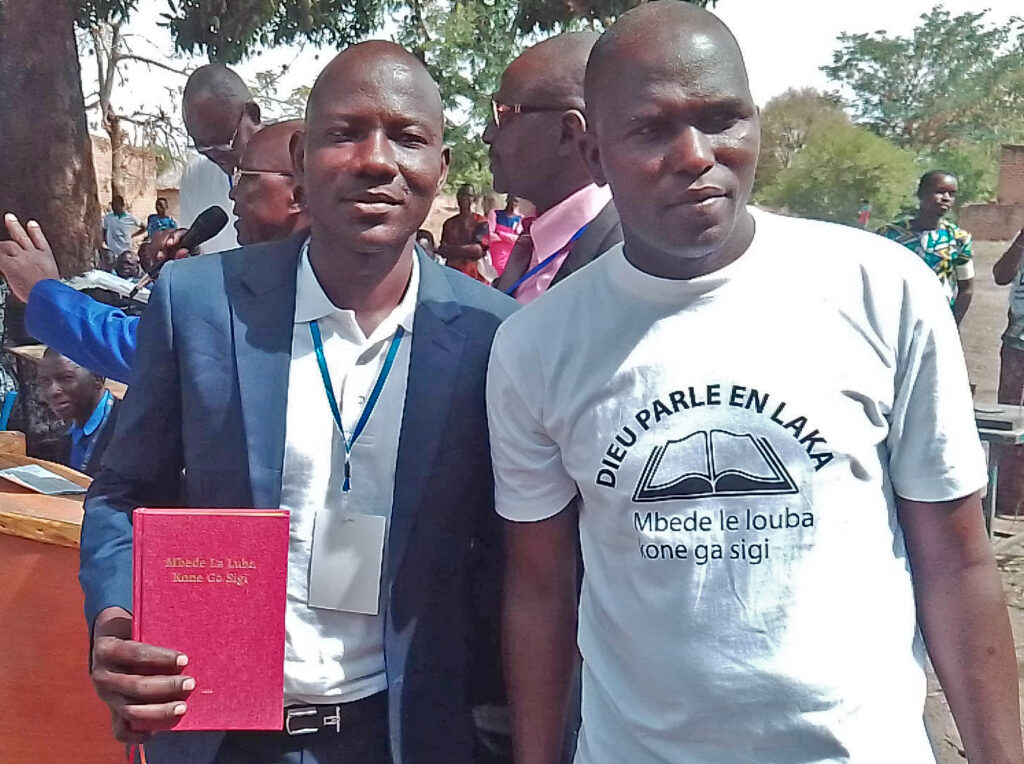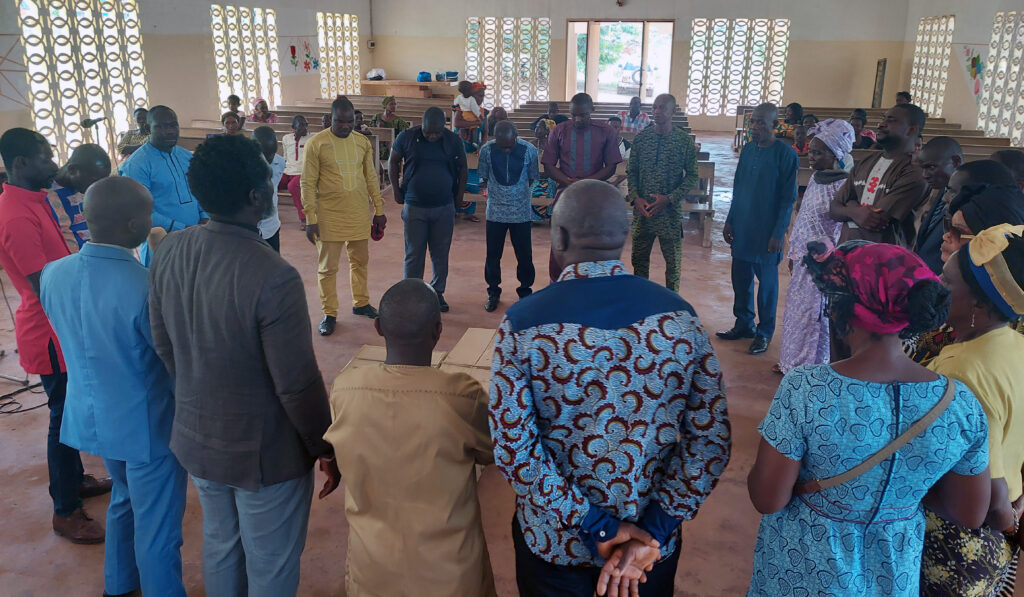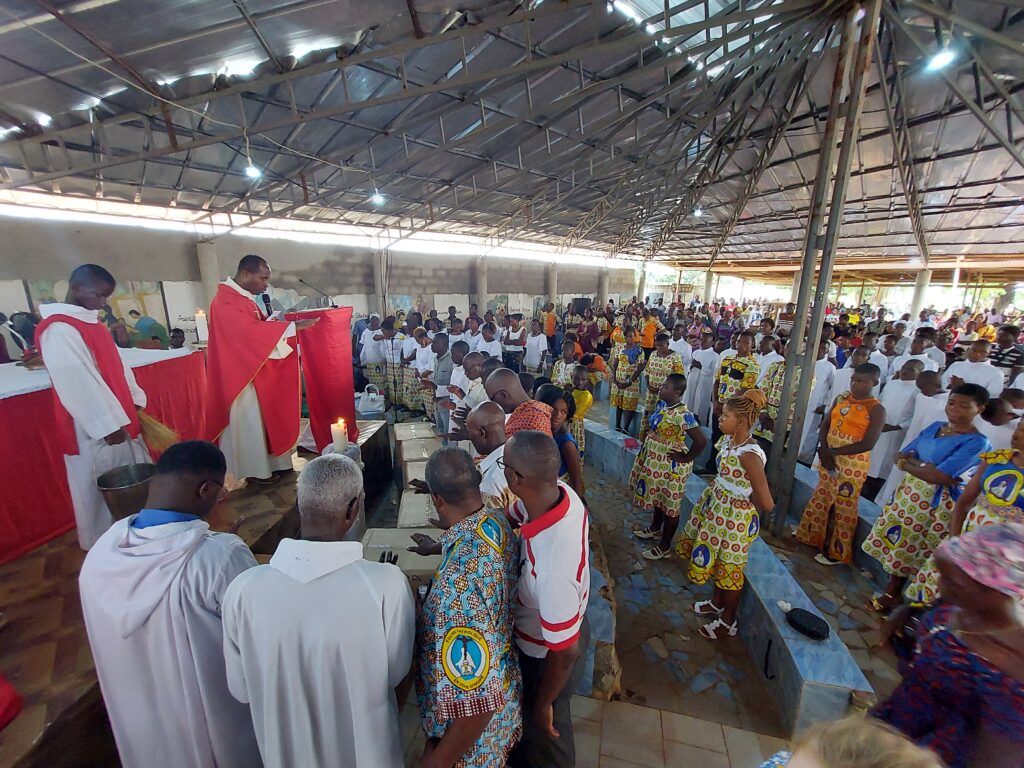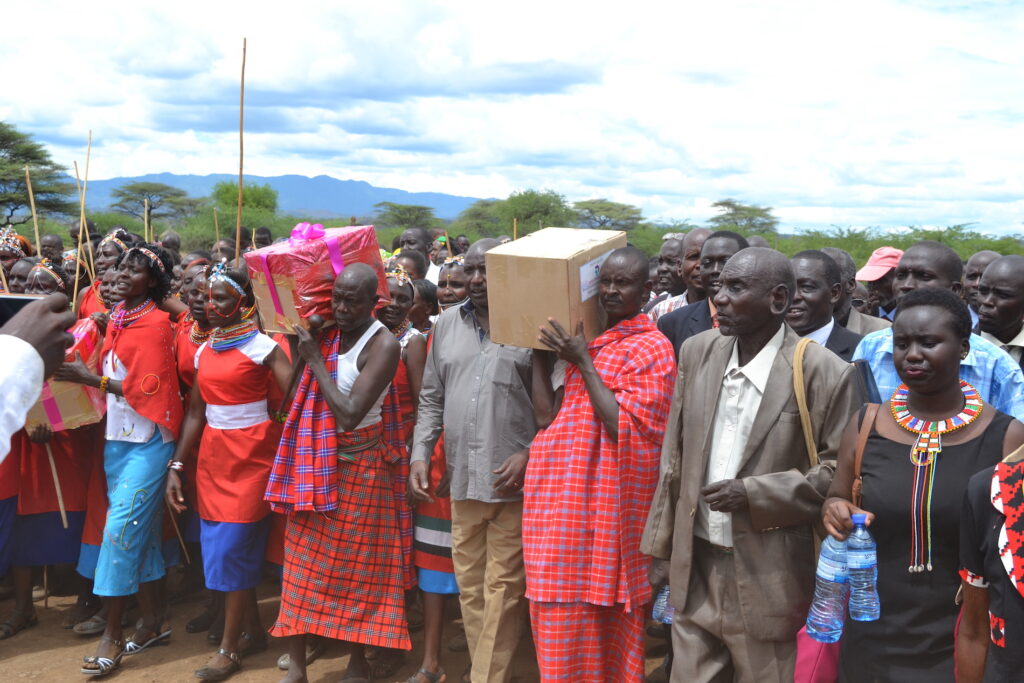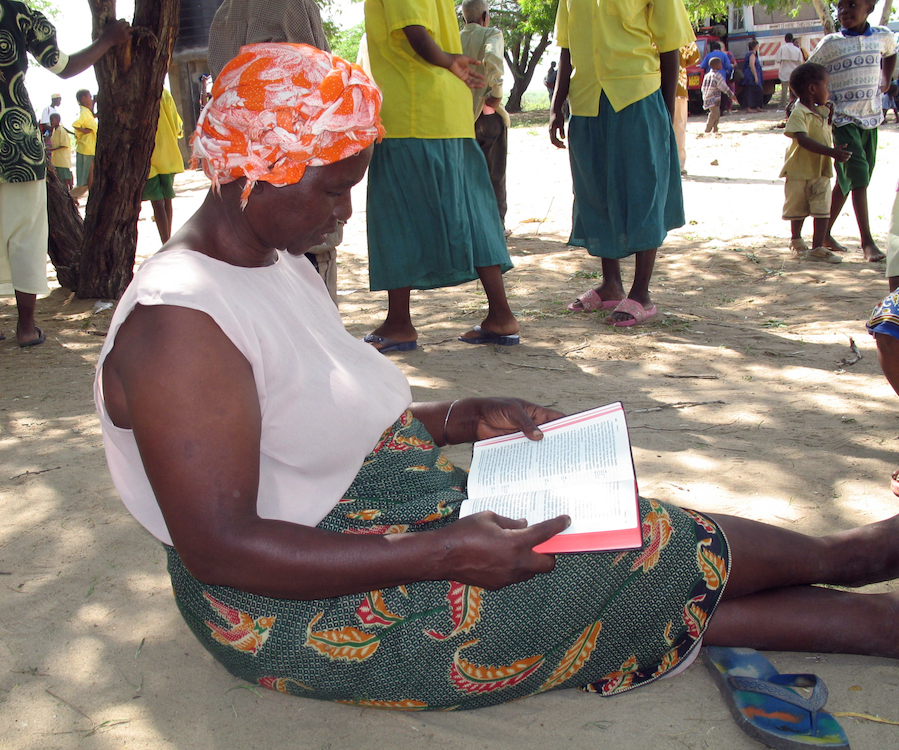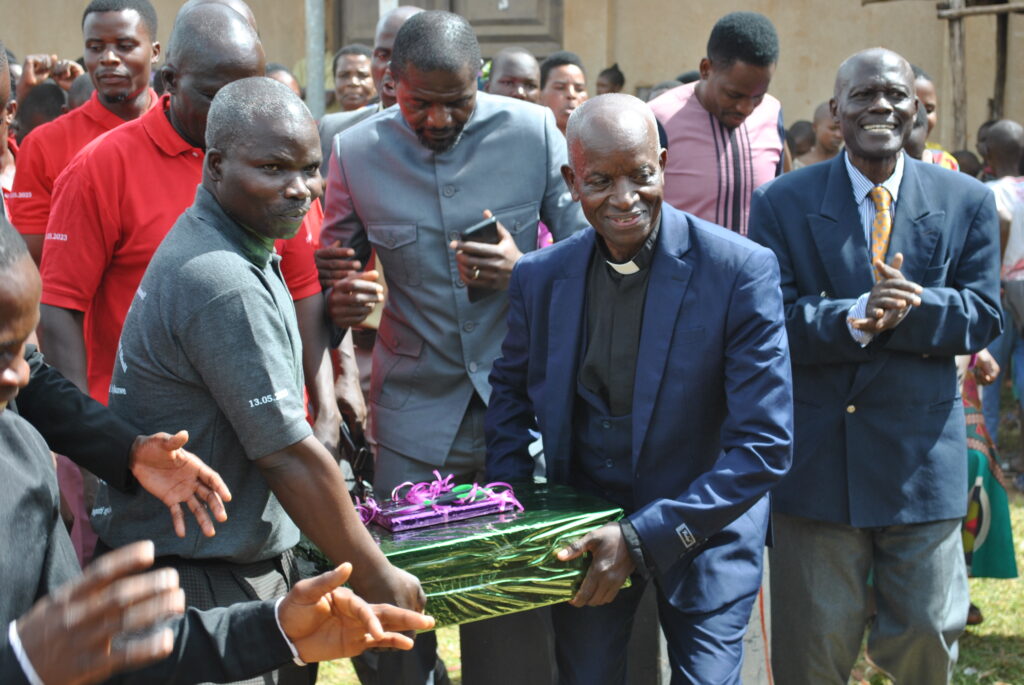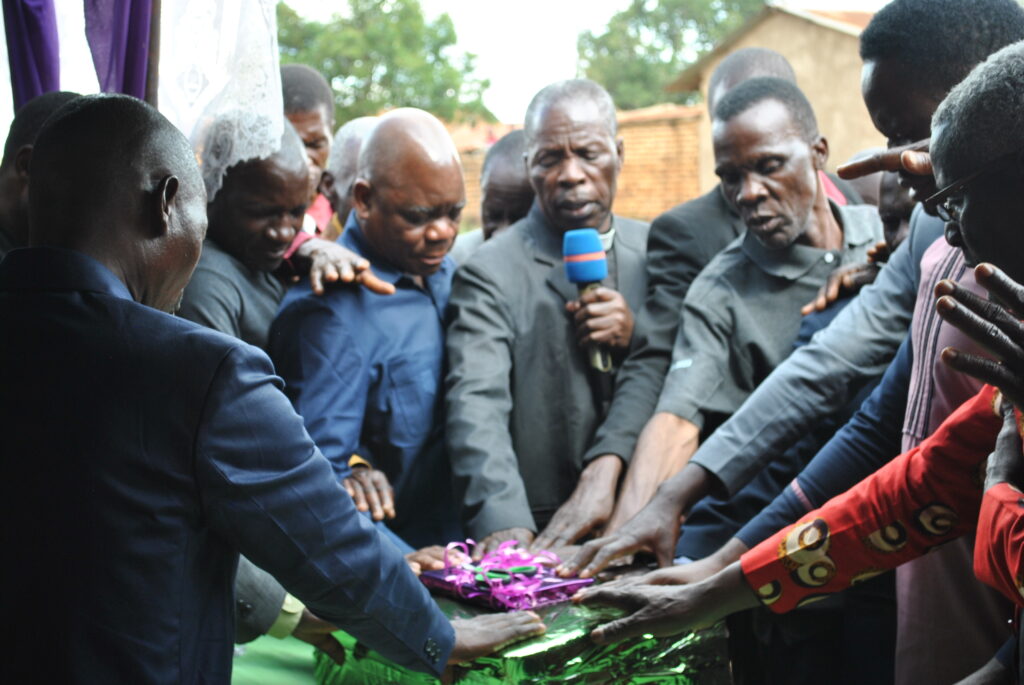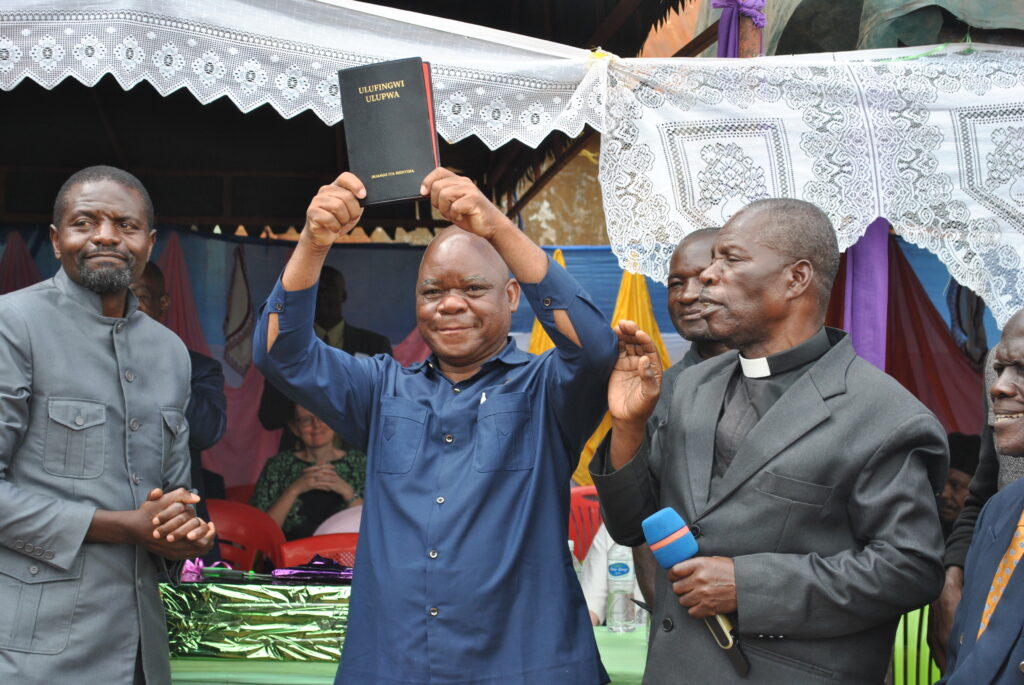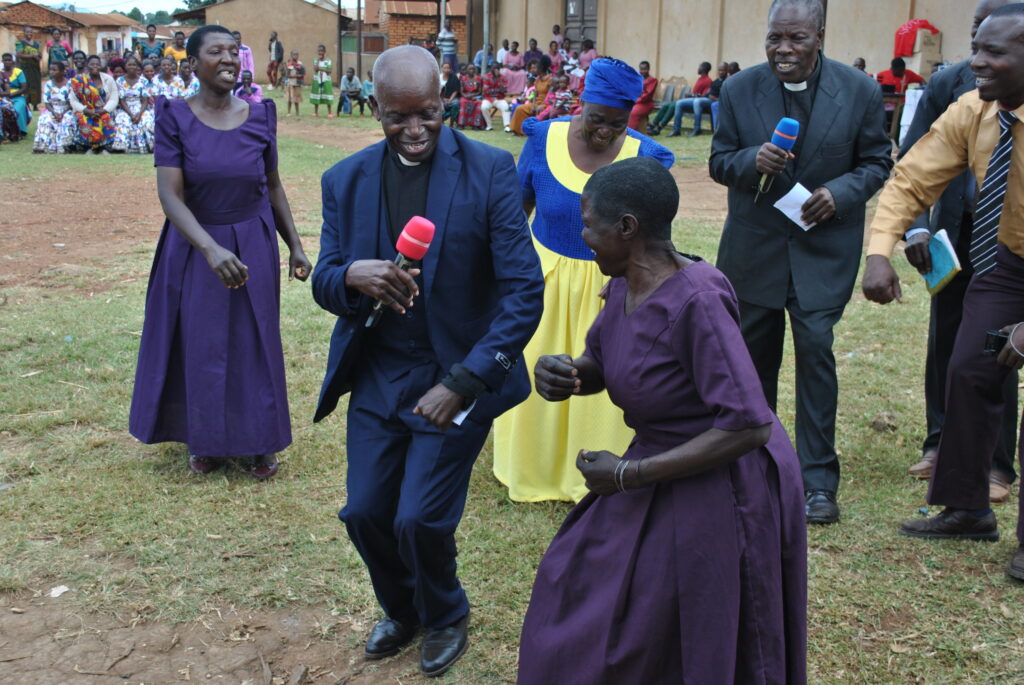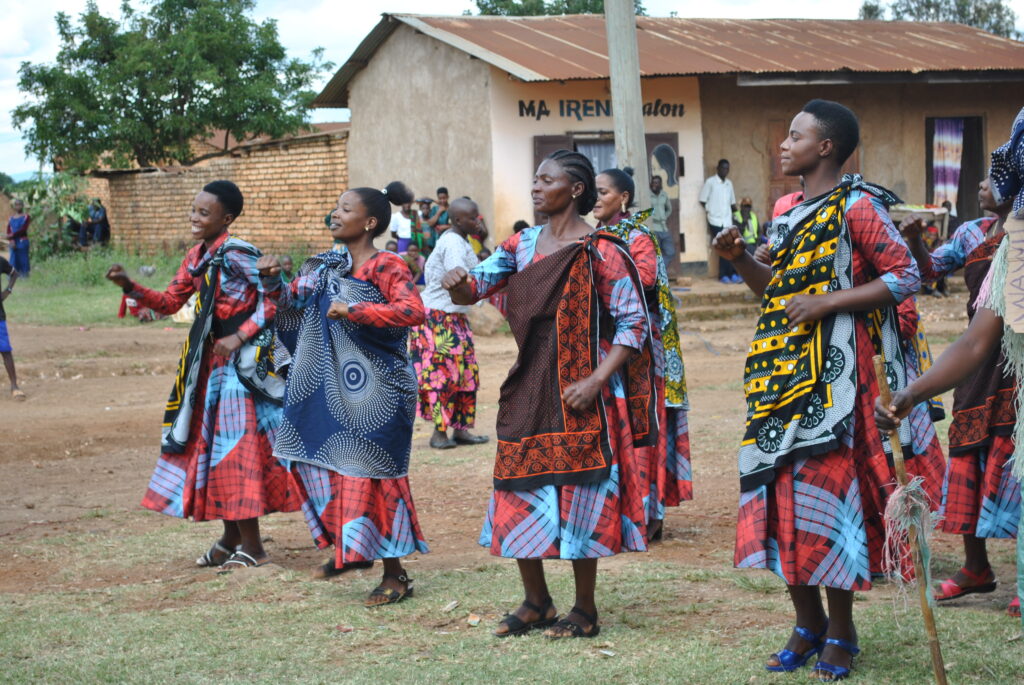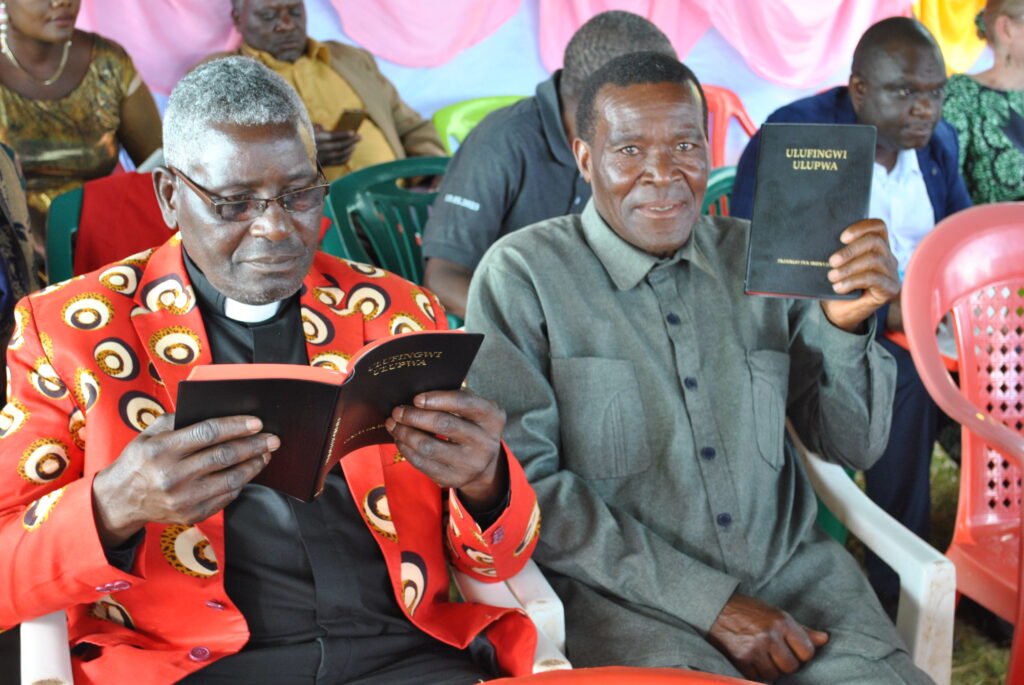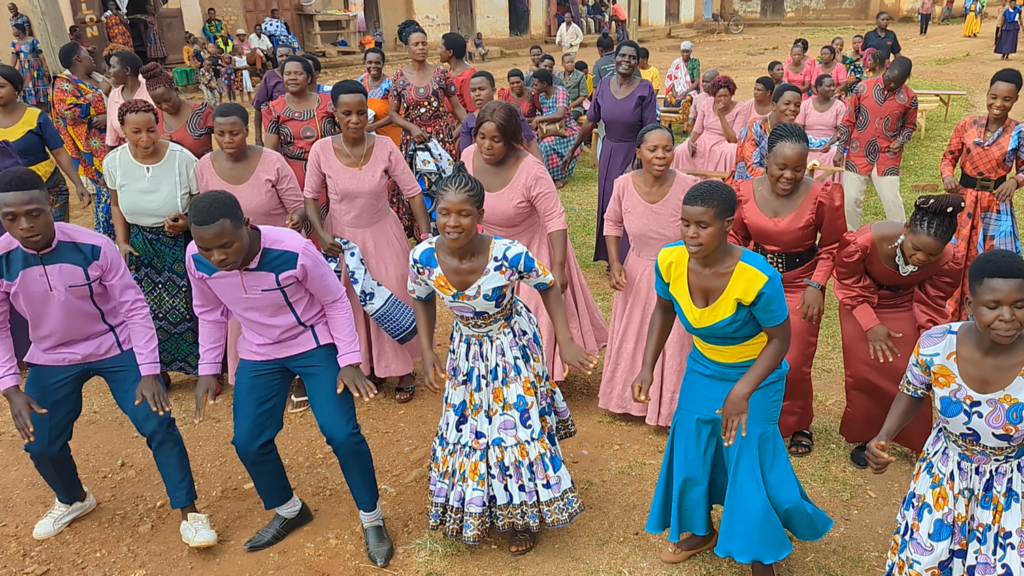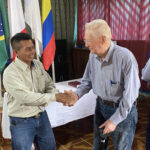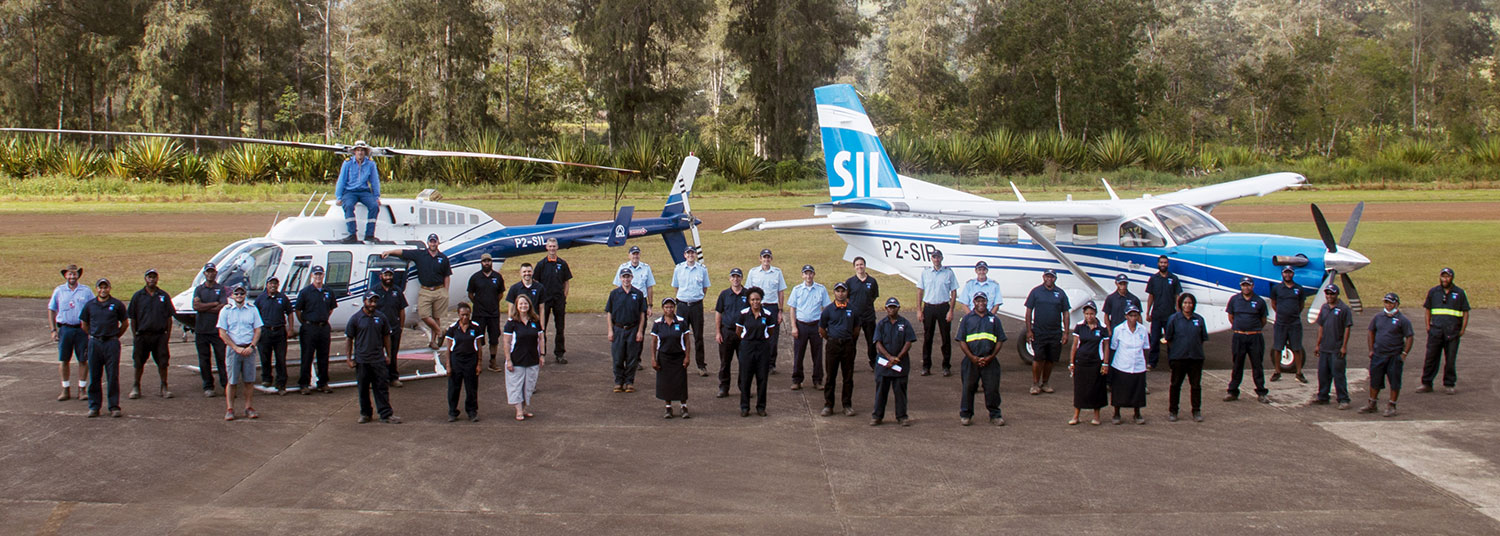Covering the Last Mile

THE GREEN BAND
The Green Band is what we call a region that sits just north and south of the equator and stretches from east to west around the globe encapsulating the rainforest regions of South America, Africa, and the South Pacific.
THE JAARS BASE
The JAARS Base in Waxhaw, North Carolina, is where we maintain a fleet of 6 airplanes and 1 helicopter used for training pilots and mechanics who serve all over the world.
AVIATION PARTNERS
We support our aviation partners by providing them with aircraft, as well as personnel, training, funding subsidies, and more. There are 10 aircraft located across these 3 bases:
1. Asas de Socorro, Brazil
2. SAM Air, Peru
3. SAM Air, Bolivia
Mission Workers Can Travel Safely Throughout the Amazonian Rainforest
The Amazon rainforest weaves its web across Brazil, Venezuela, Colombia, Suriname, Peru, Ecuador, Bolivia, French Guiana, and Guyana. Challenges abound for our co-laborers who share the gospel with people in this remote area: long, hot trips by boat with minimal or no shelter, lack of roads, steep hikes, and dense jungles.
Training the Next Generation of Pilots in Brazil
The people in northwestern Brazil are asking for someone to bring them the gospel.
But this is one of the hardest-to-access areas in Brazil. Few villages have runways, and due to regulations and logistical hurdles, there isn’t a good way to build more. So a helicopter is the best way to meet the transportation need.
Jeremiah returned to Brazil to oversee Brazilian helicopter pilot Bruno’s field checkout. “I would like to thank JAARS that I can now receive this training from the JAARS pilot here in Brazil,” Bruno said. “We are already serving several villages, several missionaries. So certainly this mission has a gigantic impact in the kingdom of God and here in the country of Brazil.”
Back at JAARS, Jeremiah is passing on his experience of flying through the rough weather and terrain of Brazil to pilots who are learning to fly helicopters overseas.
PROVIDING THE MEANS TO WORSHIP
Your gifts to Air Ops enabled us to continue to support Asas de Socorro, a national aviation organization in Brazil. Thank you!
Marcos Baughman, a JAARS-trained pilot who serves with Asas, used a floatplane to deliver supplies for the construction of a church in one community. “It was such a joy to see that church dedicated and to see that these young believers, who are just getting started and discipled, now have a place that they can call their church home,” Marcos said.
Another group whom Asas de Socorro serves, the Kiriku* people, once were antagonistic to outsiders, but they now have the New Testament and long to study and share it with their neighbors. Two JAARS-trained pilots, Peter Stuart and Jake Anderson, flew 80 Kiriku people from 16 villages to one location so they could come together to study God’s Word and worship.
*Name changed for security reasons
“We are already serving several villages, several missionaries. So certainly this mission has a gigantic impact in the kingdom of God and here in the country of Brazil.”
—Bruno, helicopter pilot in Brazil
Read more about how helicopters are making a difference at jaars.org/brazil.
About Our Aircraft
 Helio Courier
Helio Courier
Model: H-295
Serial Number: 1436
Manufactured: 1972 by Helio Aircraft Corporation, Pittsburg, Kansas
 Model: H-395
Model: H-395
Serial Number: 558
Manufactured: 1962 by Helio Aircraft Corporation, Pittsburgh, Kansas
POWERPLANT
Model: Lycoming GO-480
Horsepower: 295 RPM: 3,400 at full power
WEIGHT: Empty: 2,506 lbs.; Maximum takeoff: 3,800 lbs
SPEEDS: Takeoff rotation: 37 KIAS; Empty: 2,506 lbs.
Maximum takeoff: 3,800 lbs.; Cruise: 115–125 KIAS; Approach: 45–55 KIAS
FLIGHT CHARACTERISTICS
The Helio Courier was designed as a short takeoff and landing (STOL) airplane. Its takeoff and landing rolls are sometimes shorter than 100 feet; normal operations at higher weights give takeoff and landing rolls of 350–400 feet. To aid its amazing STOL capability, the aircraft employs Handley Page leading-edge slats, Fowler flaps that span 80% of the wings, and “interceptor” devices on the top of each wing for added roll control. The aircraft is also non-stallable.
 CESSNA 206
CESSNA 206
Model: U206
Serial Number: 05781
Manufactured: 1980 by Cessna Aircraft, Wichita, Kansas
Model: U206G
 Serial Number: 06162
Serial Number: 06162
Manufactured: 1981 by Cessna Aircraft, Wichita, Kansas
POWERPLAN
Model: Continental IO-550-N
Horsepower: 310 HP at takeoff
WEIGHT: Empty: 2,184 pounds; Maximum for takeoff: 3,600 pounds
SPEEDS: Takeoff rotation: 43 knots; Cruise: 115–130 knots; Approach: 43–54 knots STOL; 60–65 knots Norma; Normal Range: 754 nautical miles; Normal Endurance: 5.8 hours
FLIGHT CHARACTERISTICS
This Cessna is designed as a utility aircraft capable of long-range flight, relatively short takeoff and landing distances, and carrying substantial loads of people or cargo. The addition of a Robertson STOL conversion has enhanced performance, allowing even slower approach speeds and reduced takeoff and landing distances. The aircraft has also been converted with the JAARS energy-absorbing safety seats for greater crashworthiness.

ROBINSON R66
Serial Number: 1083
Manufactured: October 4, 2021 in Torrance, California
POWERPLANT
Model: Rolls Royce RR300
Horsepower: 300 D-rated to 270 for takeoff; 244 Maximum Continuous
WEIGHT: Empty: 1,451 lbs.
Max.: 2,700 lbs. internal, 2,900 lbs. with external load
Payload: 1,249 lbs. internal, 1,200 lbs. external
SPEEDS: Cruise: 110 knots; Top: 140 knots
FLIGHT CHARACTERISTICS
The Robinson R66 helicopter, with a 5-passenger capacity carried by a Rolls-Royce RR300 turboshaft engine, is the perfect rotorcraft type for our Sub-Saharan Africa context. Its predecessor, the Robinson R44, does not come equipped with a turbine engine and consequently requires aviation gasoline, a fuel type not readily available in remote regions.

PILATUS PC-6 TURBO PORTER
Model: PC-6 B2/H4
Serial Number: 729
Manufactured: 1971 by Pilatus Aircraft Corporation, Stans, Switzerland
POWERPLANT
Model: Pratt and Whitney PT6A-27
Horsepower: 650 shaft horsepower (SHP), flat-rated to 550 SHP at takeoff. RPM: 2,000 at full power
WEIGHT: Empty: 3,017 lbs.
SPEEDS: Takeoff rotation: 45 KIAS; Cruise: 115–125 KIAS
FLIGHT CHARACTERISTICSThanks to the Pilatus Porter PC-6’s short takeoff and landing (STOL) performance, it can operate in areas normally only reachable by helicopters. Its low-pressure tires, twin-caliper disc brakes and a long stroke undercarriage give the aircraft outstanding capability and versatility in rough conditions. The aircraft can carry a total payload of over 2,200 lb. A large sliding door on each side of the aircraft allows easy access to the cabin for loading and removal of cargo.

CESSNA 172
Model: 172N
Serial Number: 17271363
Manufactured: 1978 by Cessna Aircraft, Wichita, Kansas
POWERPLANT
Model: Lycoming O-360-A4M
Horsepower: 180
WEIGHT
Empty: 1,598 pounds
Payload: 952 pounds
SPEEDS: Range: 640 NM; Takeoff Distance: 805 ft.; Cruise: 110 KTAS
FLIGHT CHARACTERISTICS
This Cessna is designed as a utility aircraft capable of long-range flight, relatively short takeoff and landing distances, and carrying substantial loads of people or cargo. The addition of a Robertson STOL conversion has enhanced N67JA’s performance, allowing even slower approach speeds and reduced takeoff and landing distances. The aircraft has also been converted with the JAARS energy-absorbing safety seats for greater crashworthiness.

